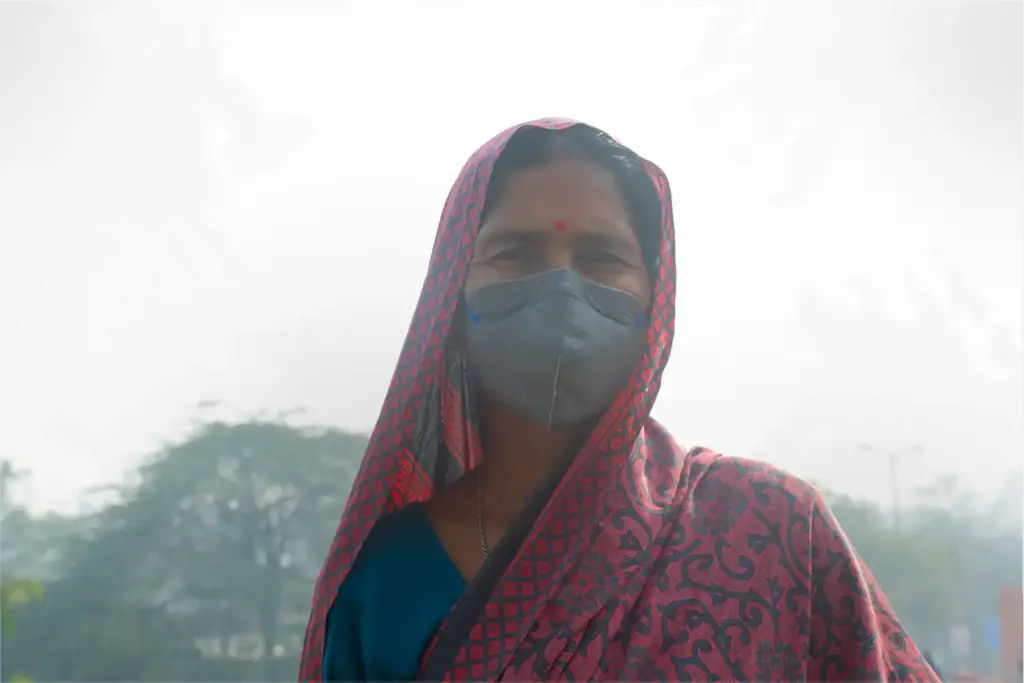
PM2.5 pollution: Meeting India’s national target of a 30% reduction in PM2.5 pollution could lower the prevalence of conditions such as hypertension, COPD and anaemia among women of reproductive age from nearly 5% to about 3%, according to a new analysis by researchers at IIT Delhi and Climate Trends.
The findings draw on NFHS-5 data and underpin a new Health Benefit Assessment Dashboard designed to give policymakers state- and district-level estimates of health gains from cleaner air.
Also Read | Air pollution tied to shorter, lower-quality sleep in adults: Study
Modelling a scenario aligned with the National Clean Air Programme (NCAP) goal, 20–30% cuts in particulate levels from a 2017 baseline by 2024–25, the team estimates nationwide disease prevalence among women aged 15–49 could fall to 3.09% from the current 4.87% if PM2.5 levels are reduced by 30%.
The benefits are projected to be greatest in densely populated, high-burden states across northern and eastern India. Diabetes prevalence in this group could decline from 1.7% to 1.4% under the same scenario, the analysis suggests.
Children in severely polluted regions, particularly the Indo-Gangetic Plain and eastern states, would also see marked improvements, with reductions in lower respiratory infections, low birth weight and anaemia.
Presenting the work at a workshop, MS Swaminathan Research Foundation chairperson Soumya Swaminathan said indoor air quality remains a critical but under-addressed driver of harm. “The Pradhan Mantri Ujjwala Yojana has gone a long way in terms of the ownership of LPG connections. But many families are still using biomass for cooking and sometimes for heating in the winter months. This significantly contributes to outdoor air pollution, apart from being a direct risk to women and children,” she said, calling indoor smoke a gender-equity issue that can contribute 30–60% of ambient pollution.
The dashboard, built on NFHS-5 and aligned with NCAP targets, is intended to inform pre-winter decision-making as pollution levels rise, offering a quantifiable case for accelerating PM2.5 reductions to unlock measurable health gains.








